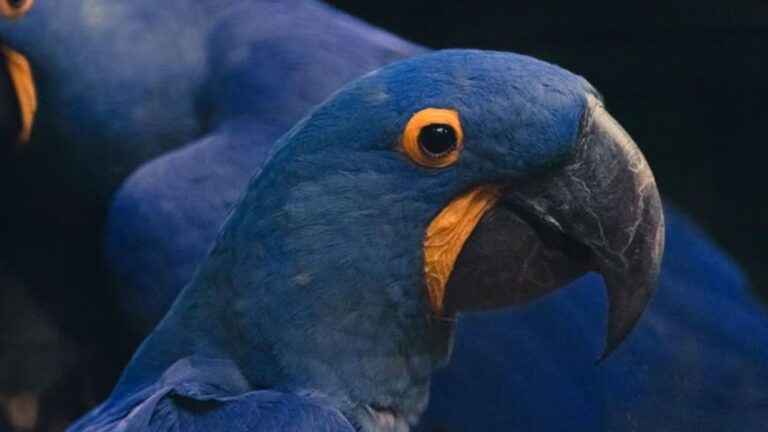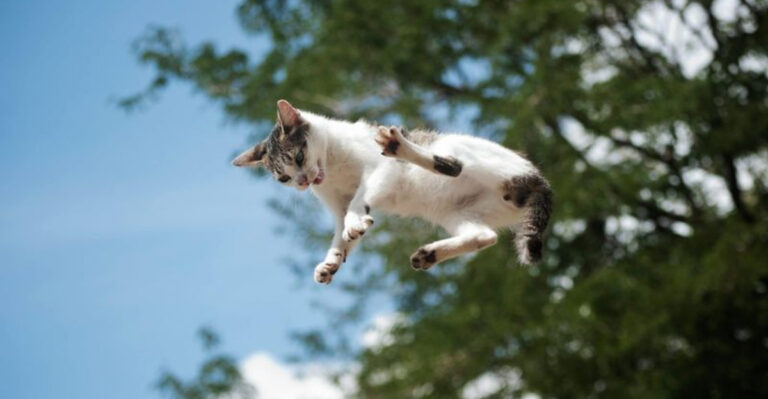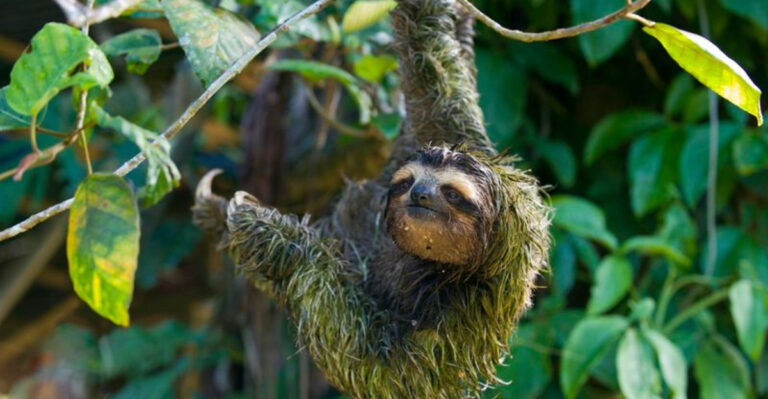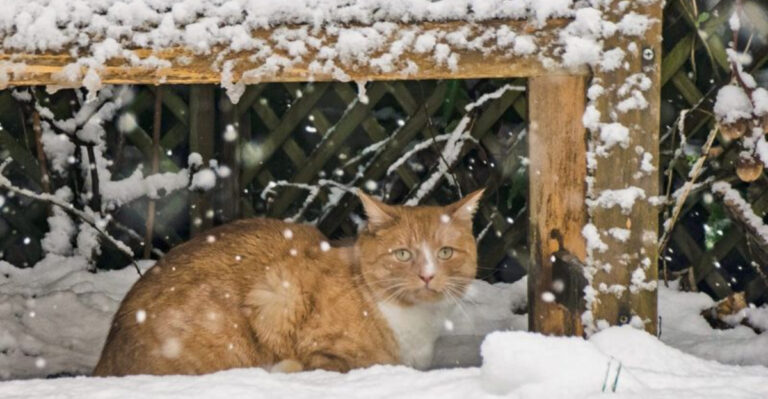9 Wild Animals That Now Thrive In U.S. Cities And 4 That Might Already Be In Your Backyard
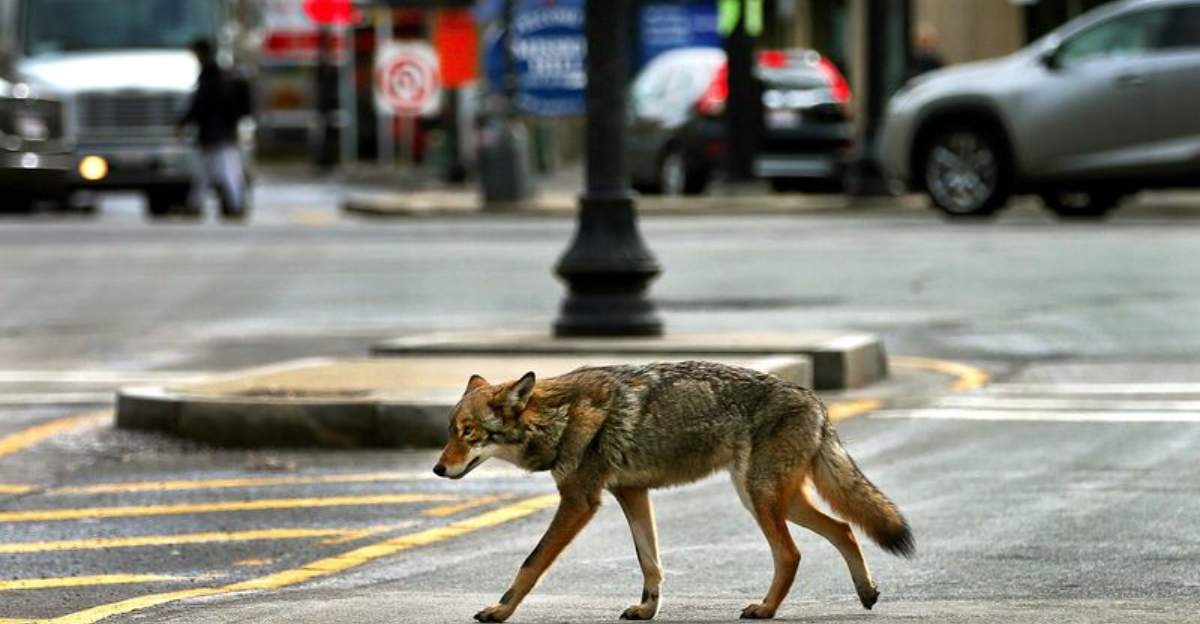
Ever wondered what’s rustling in those bushes at night? American cities have become unexpected havens for wildlife as animals adapt to our concrete jungles.
From scavenging raccoons to elegant peregrine falcons, wild creatures are making themselves at home right under our noses. Let’s explore which unexpected animals are thriving in urban areas and which might be closer to your home than you think!
1. Crafty Coyotes
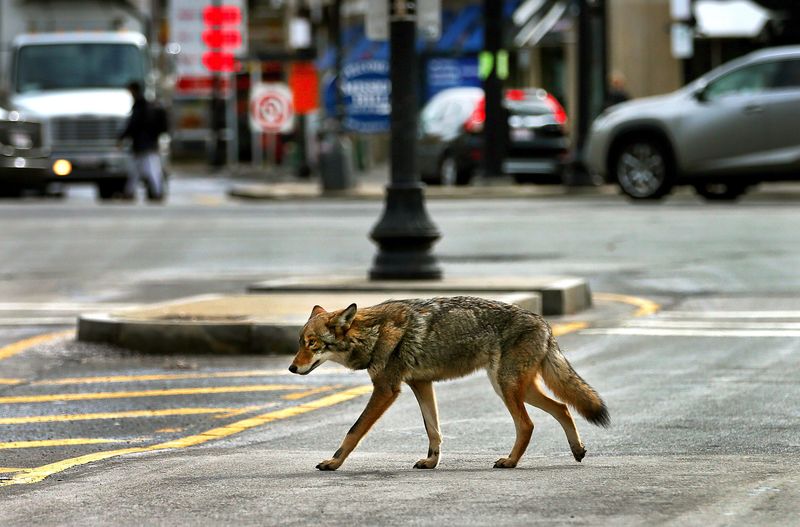
Howling at the moon isn’t just for remote deserts anymore! These clever canines have moved into metropolitan areas from Los Angeles to Chicago, feasting on rodents and even pet food left outdoors.
Urban coyotes are typically more nocturnal than their rural cousins, avoiding human contact while still benefiting from our leftovers. They’ve been spotted trotting through Central Park and lounging in suburban yards across America.
2. Sky-High Peregrine Falcons
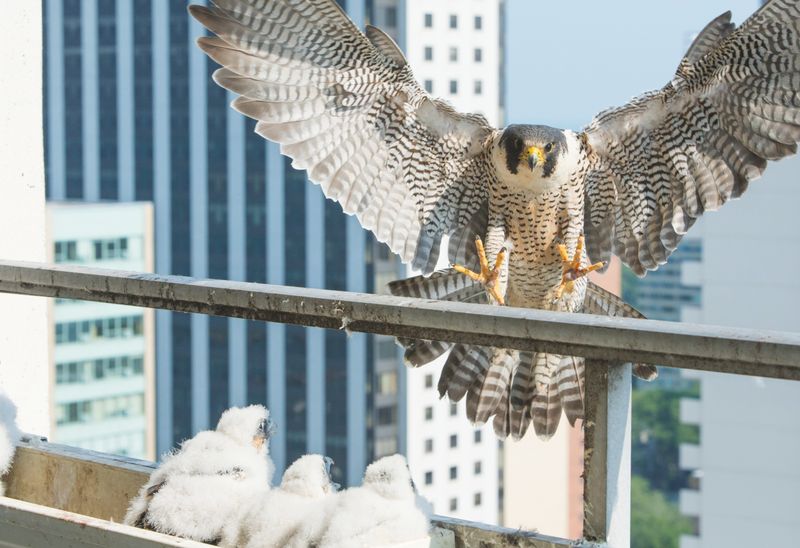
Once nearly extinct, these feathered speed demons have made an incredible comeback using skyscrapers as their new cliffs.
They dive for prey at 200+ mph, making them nature’s fastest animals! Tall buildings mimic their natural nesting spots while pigeons provide an abundant food source. New York City alone hosts dozens of nesting pairs, turning concrete canyons into perfect hunting grounds for these magnificent birds.
3. Mischievous Raccoons
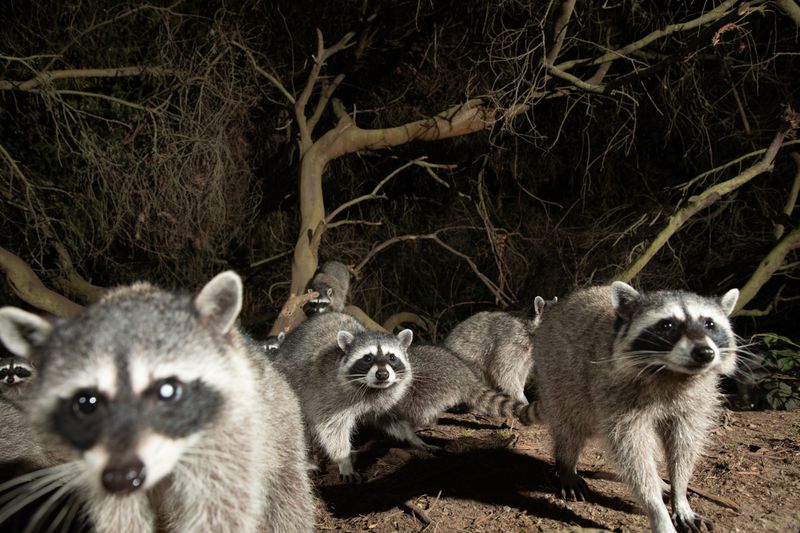
Behind those adorable masked faces lies the animal kingdom’s version of a safe-cracker! Urban raccoons have demonstrated problem-solving skills that surpass their rural relatives, figuring out complex trash can locks with ease.
Toronto has so many raccoons it’s nicknamed ‘Raccoon Capital of the World.’ These night bandits have even learned to wash their food in puddles when streams aren’t available, showing remarkable adaptability to city life.
4. White-Tailed Deer
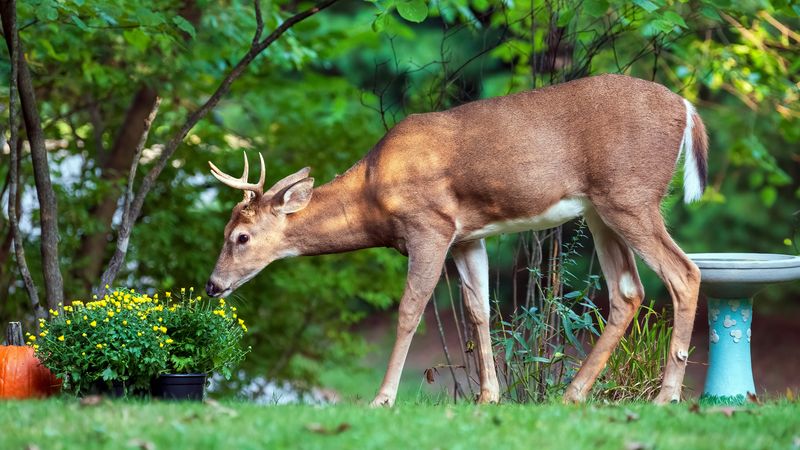
From forest dwellers to suburban gardeners’ nemesis! These graceful creatures have discovered that manicured lawns and ornamental plants make for delicious buffets, especially in cities bordering natural areas. Many communities struggle with deer overpopulation as natural predators are absent from urban environments. They’ve become so comfortable around humans that some boldly munch on garden plants in broad daylight, unfazed by nearby homeowners.
5. Opportunistic Red Foxes
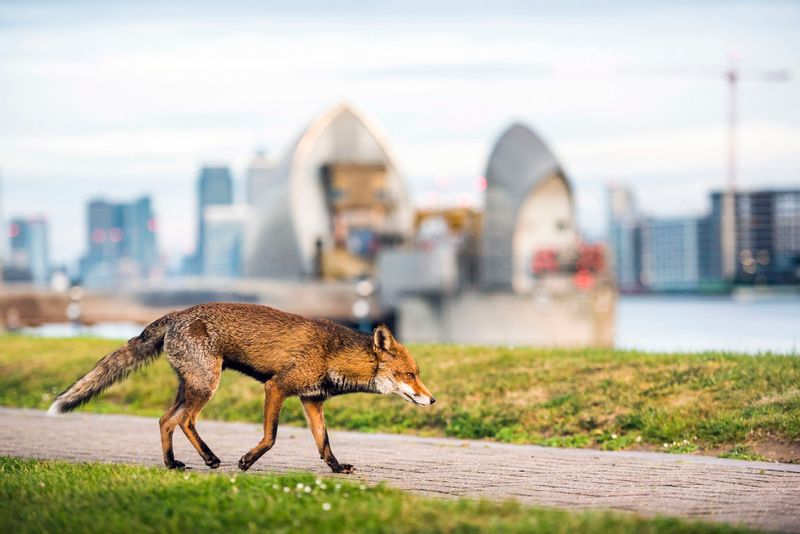
Like something from a fairy tale, these flame-colored hunters now prowl city parks and golf courses! With their dog-like appearance but cat-like hunting style, foxes have carved out urban niches from Denver to Washington D.C.
They feast on rats, mice, and rabbits, actually helping control urban pest populations. Many city dwellers are surprised to spot their distinctive bushy tails disappearing behind garden sheds or under porches where they sometimes make their dens.
6. Adaptable Opossums
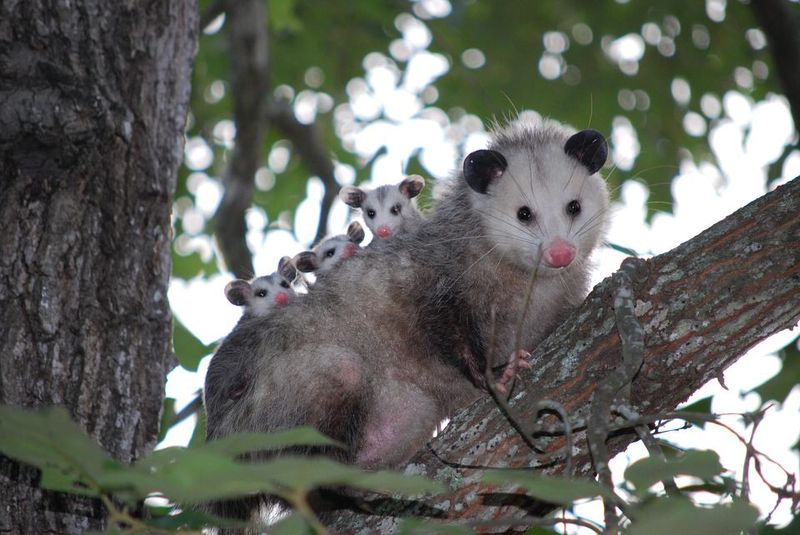
America’s only marsupial might look scary hissing in your garage, but these misunderstood creatures are walking pest control! A single opossum can devour thousands of ticks annually, including those carrying Lyme disease.
They rarely carry rabies due to their low body temperature and are actually quite clean animals. Despite their rat-like appearance, opossums help urban ecosystems by cleaning up rotting fruit, garden pests, and even roadkill.
7. Bold Wild Turkeys
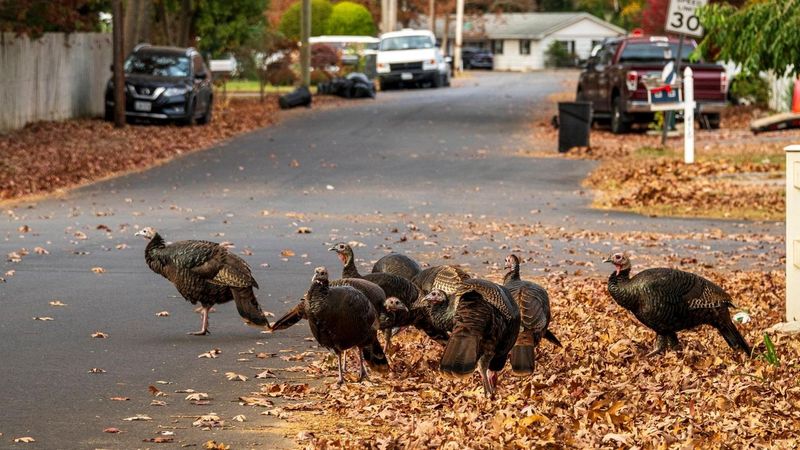
From Thanksgiving centerpiece to traffic-stopping spectacle! Wild turkeys have made surprising comebacks in places like suburban Boston and Berkeley, California, where flocks strut down sidewalks like they own the place.
Some urban turkeys have become so fearless they chase mail carriers or block traffic. These birds can reach 20 pounds and fly short distances despite their bulky size, often roosting in city trees at night to avoid predators.
8. Soaring Bald Eagles
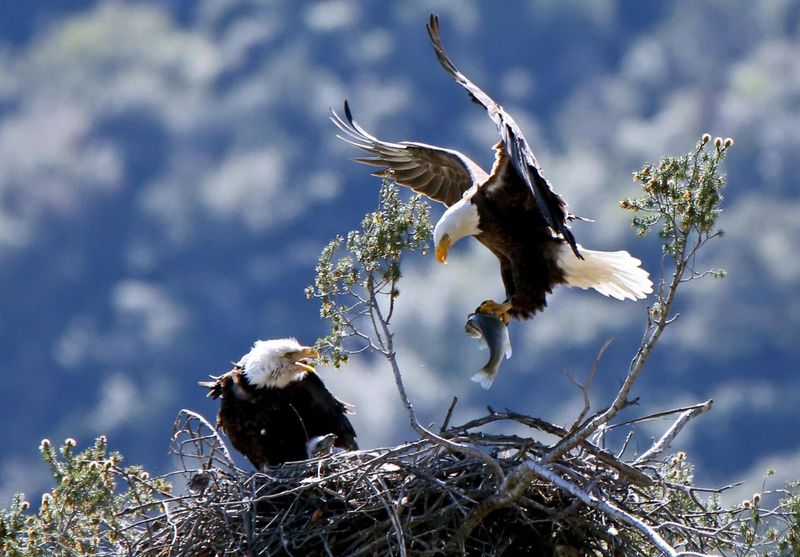
Our national symbol isn’t just for wilderness postcards anymore! Bald eagles have rebounded from near-extinction to establish territories in surprising urban locations, including Seattle, Minneapolis, and Philadelphia.
City-dwelling eagles build massive nests weighing up to a ton in tall trees near urban waterways. They feast on fish from city lakes and rivers, creating spectacular wildlife viewing opportunities for urbanites who once had to travel to remote areas to spot these majestic birds.
9. Resourceful Bobcats
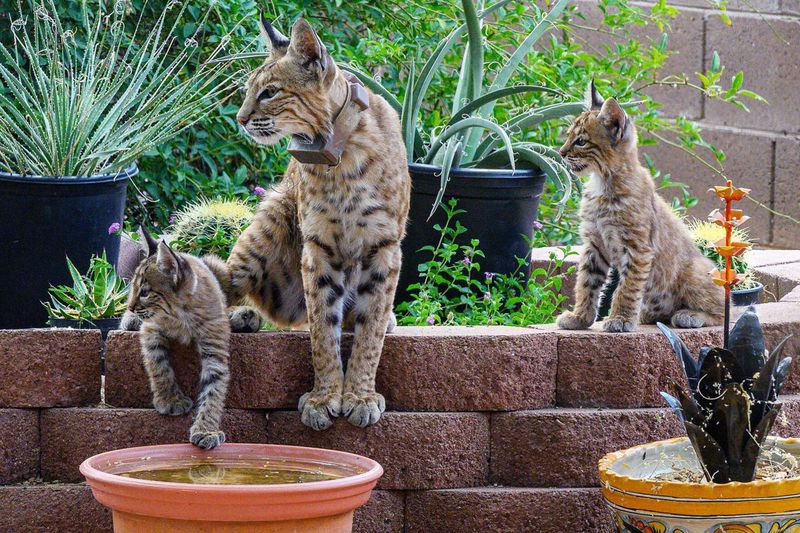
Twice the size of house cats with stubby tails and tufted ears, these stealthy predators have adapted to life on the urban fringe. From Dallas to Denver, bobcats hunt rabbits and rodents in city greenbelts and golf courses. Unlike mountain lions, bobcats rarely conflict with humans. They’re primarily nocturnal, so most people never see them even when they’re nearby. Trail cameras frequently capture these spotted wildcats prowling through suburban neighborhoods after dark.
10. Curious Eastern Cottontails
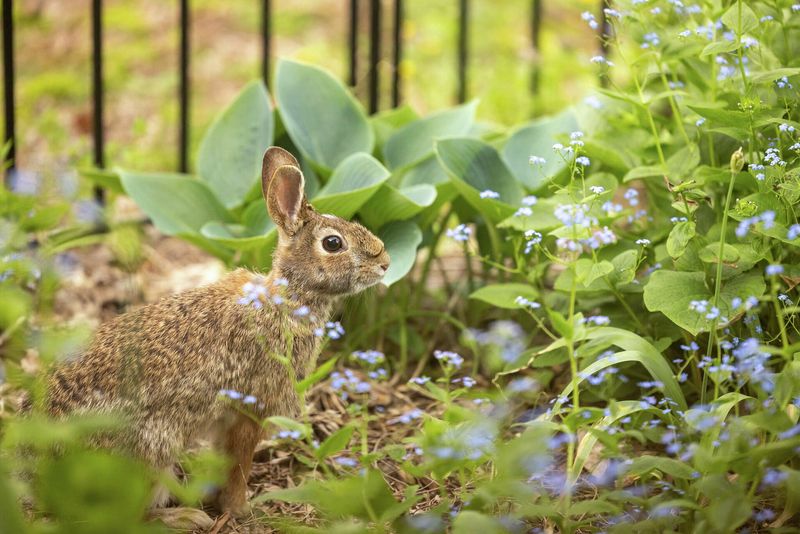
Those adorable cotton-puff tails might belong to your garden’s secret midnight visitors! Eastern cottontails have adapted perfectly to suburban landscapes, finding shelter in brush piles and under decks. Their rapid reproduction rate means they’re almost everywhere in American neighborhoods.
These rabbits can have several litters annually, with babies reaching maturity in just a few months. Despite their cute appearance, they can devastate vegetable gardens overnight.
11. Backyard Flying Squirrels
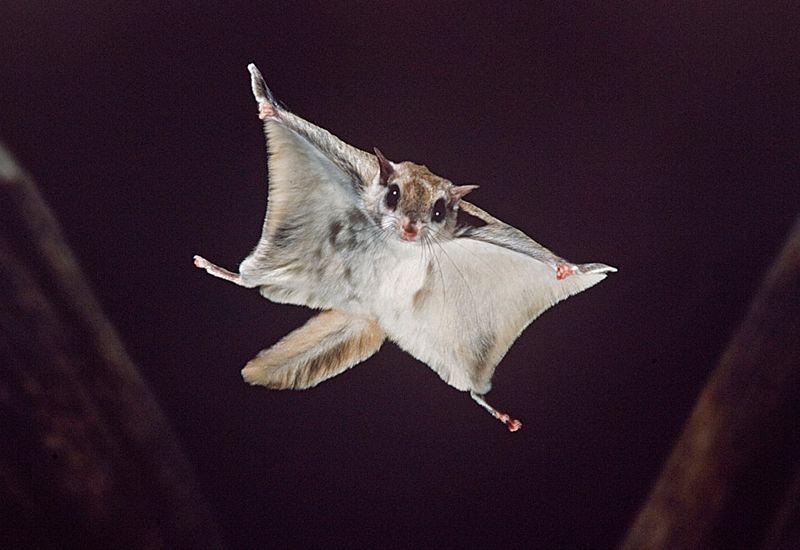
You might have these nocturnal acrobats and never know it! Unlike their day-active cousins, flying squirrels glide through suburban neighborhoods after dark, sailing between trees on furry parachute-like membranes.
They’re common across eastern and northern states but rarely seen due to their nighttime habits. About the size of a chipmunk, these big-eyed creatures love bird seed and can become regular visitors to feeders left out overnight.
12. Slithering Garter Snakes
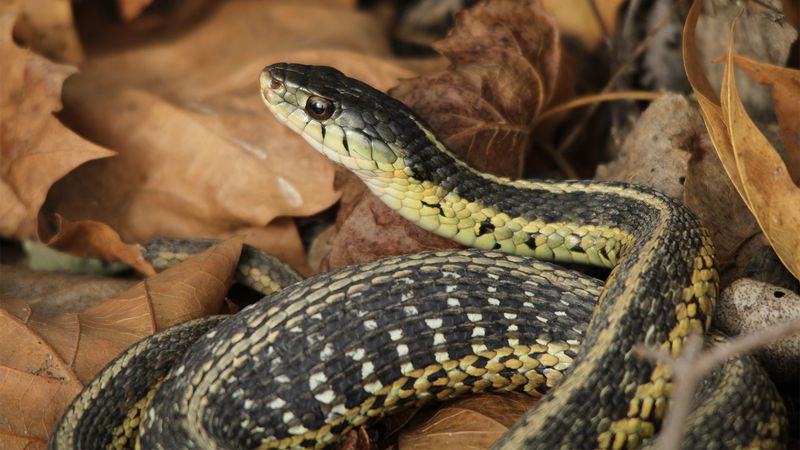
Garden helpers with a bad reputation! These harmless striped snakes are likely living in your yard right now, keeping slugs and insects under control without you ever noticing them.
Garter snakes are among North America’s most widespread reptiles, adapting to urban environments everywhere. They hide under rocks or garden debris, emerging to bask in the sun. Despite causing gardeners occasional startles, they pose no threat and actually benefit your backyard ecosystem.
13. Nighttime Screech Owls
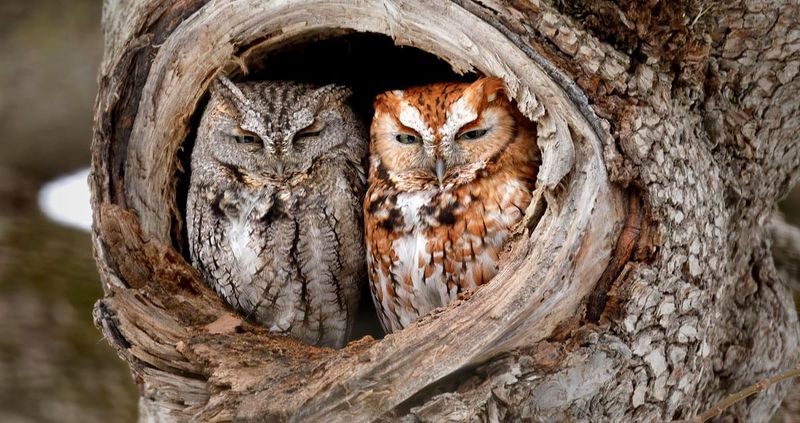
That eerie whinny or trill from your trees isn’t a ghost – it’s probably a screech owl! Despite their name, these small owls don’t actually screech but make haunting calls that echo through suburban neighborhoods after dark.
No bigger than a robin, these camouflage masters nest in tree cavities and readily accept backyard nest boxes. Their mottled gray or red-brown feathers blend perfectly with tree bark, making them nearly invisible during daytime rest periods.

